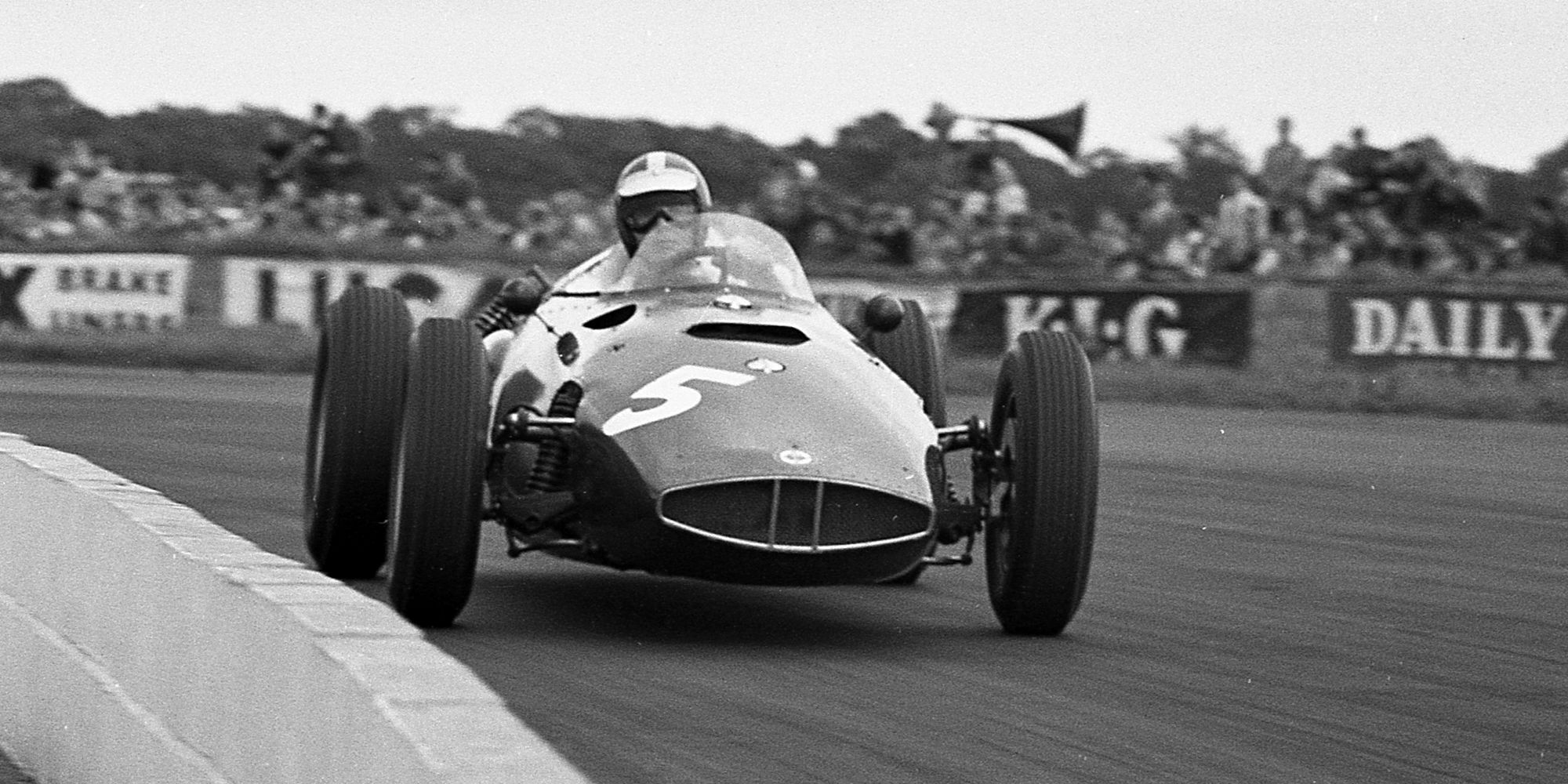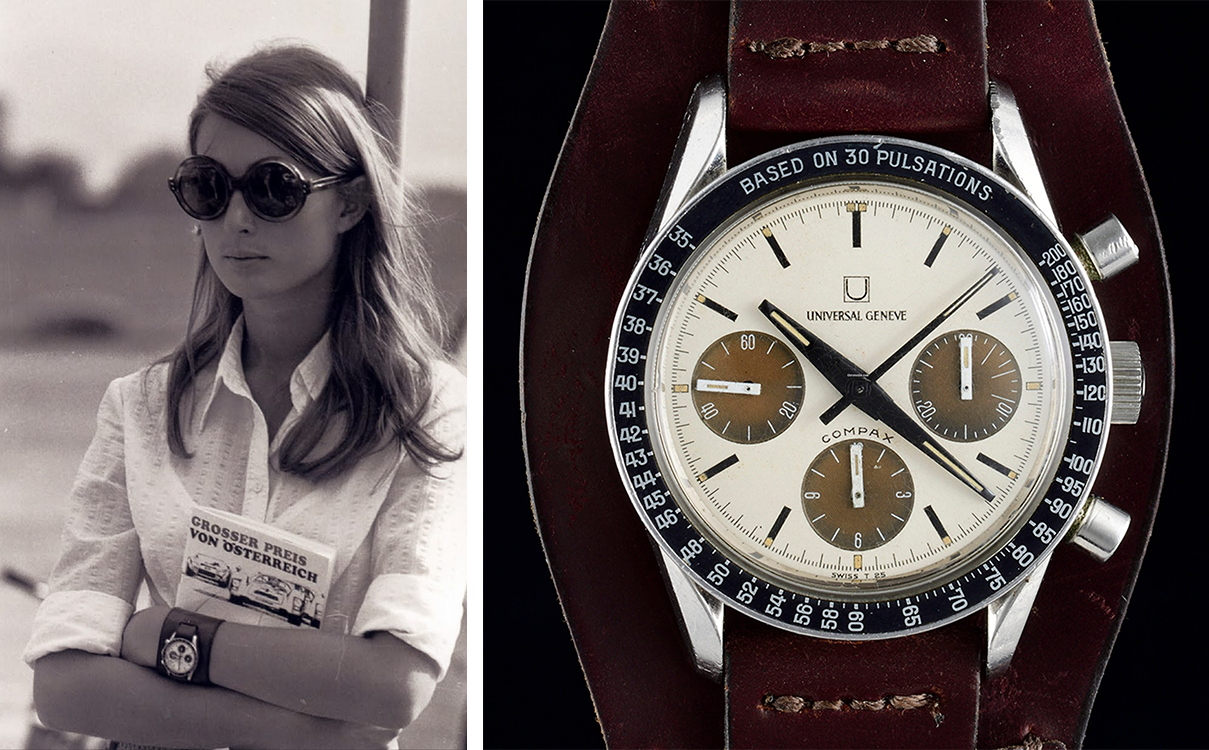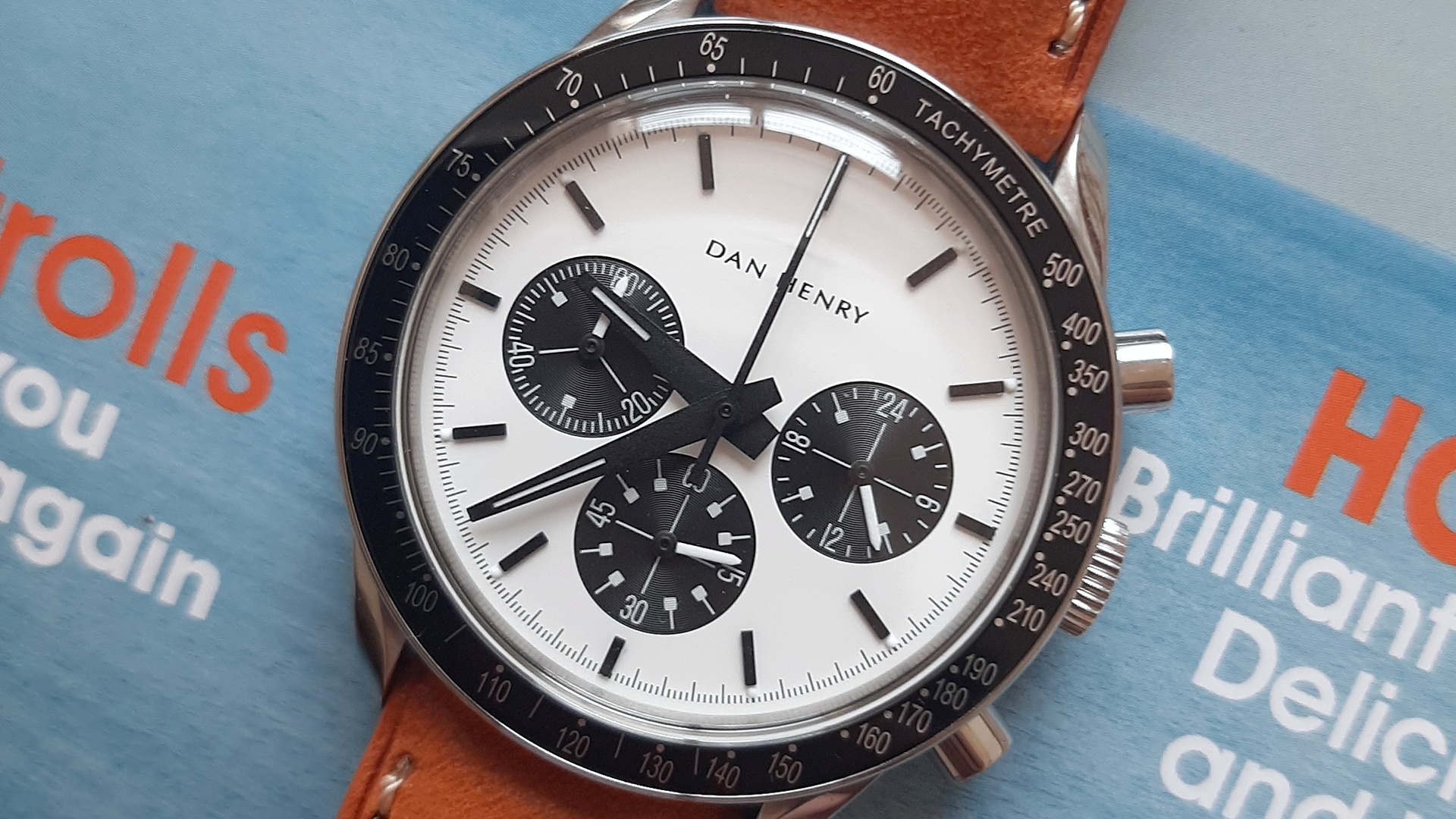
Dan Henry 1962 Racing Chronograph Review
Dan Henry’s eponymous brand is fast-becoming the go-to value-for-money enthusiasts choice. Can the £220 1962 Racing Chronograph come close to evoking the feeling of its £22,000+ inspiration?
JOHN NICHOLS
AUGUST 14, 2020
17/08/20 Update: Dan got in touch with me over Instagram to explain the situation surrounding the limited edition run of 1,962 pieces. He explains that the initial 2019 run was 650 pieces of each variant; panda, evil panda, and blue & orange, therefore, presumably, 1,962 pieces of each variant are planned, rather than 1,962 total pieces.
In the world of budget microbrands, there are very few good examples. Often, this price bracket is filled with fashion watches, fakes, or poorly put-together vintage homages that do a disservice to their inspiration. With Seiko bumping up their entry-level watches ever-closer to the £300 mark, there’s a gap in the sub-£250 market, and Dan Henry is aiming to fill some of that void with exquisite, affordable vintage-inspired timepieces.
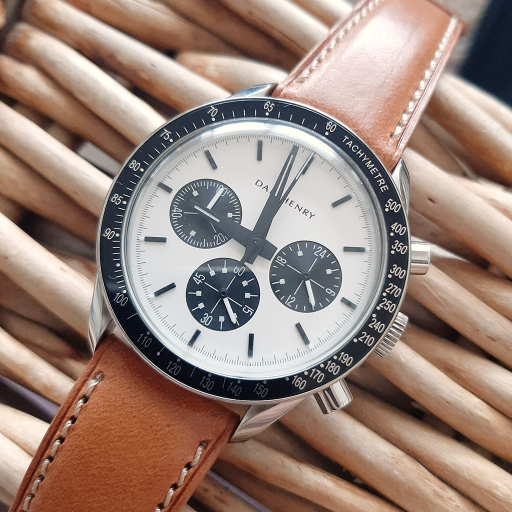
Released just over a year ago, the Dan Henry 1962 Racing Chronograph pays homage to racing timepieces of the era, in particular the Universal Geneve Compax, affectionately referred to as the ‘Nina Rindt’ – the model wife of posthumous Formula 1 World Champion Jochen Rindt, who was famously photographed with it on her wrist. With prices for the so-called Nina Rindt heading north of £27,500, can the £220 Dan Henry 1962 capture some of its magic?
Obtaining The Piece
In mid-May this year, I received an email. The Dan Henry 1962 was back in stock. How exactly you can be back in stock of a watch that had a sold-out limited-edition run of 1,962 pieces in 2019 I am unsure, but having missed the boat the first time around, I didn’t want to pass up on the opportunity again.
Alas, my bank account said otherwise. I simply hadn’t planned for a £200+ purchase out of nowhere, and besides, I had just purchased some new straps for my Seiko, so watch-wise, I had scratched the itch for the time being.
As the weeks went by, try as I might, I just couldn’t get the 1962 out of my mind. I hadn’t owned a chronograph since I sold my Pulsar PU2007X1 in early 2018, and especially with the Panda dial, I thought the value prospect was fantastic. Cue my surprise when, on my 22nd birthday, my fiancé presented me with a brand-new, in-box no-date panda dial 1962. My face lit up like a Christmas tree!
Background
Dan Henry, the Brazilian stalwart behind the eponymous brand, is a voracious watch collector. Sporting a collection of over 1,500 timepieces, spanning examples from the early 1900’s through to today, Dan has one of the most comprehensive watch collections in the world, most of which he has catalogued on timeline.watch, an incredible resource for anybody looking to delve into the world of iconic, vintage timepieces.
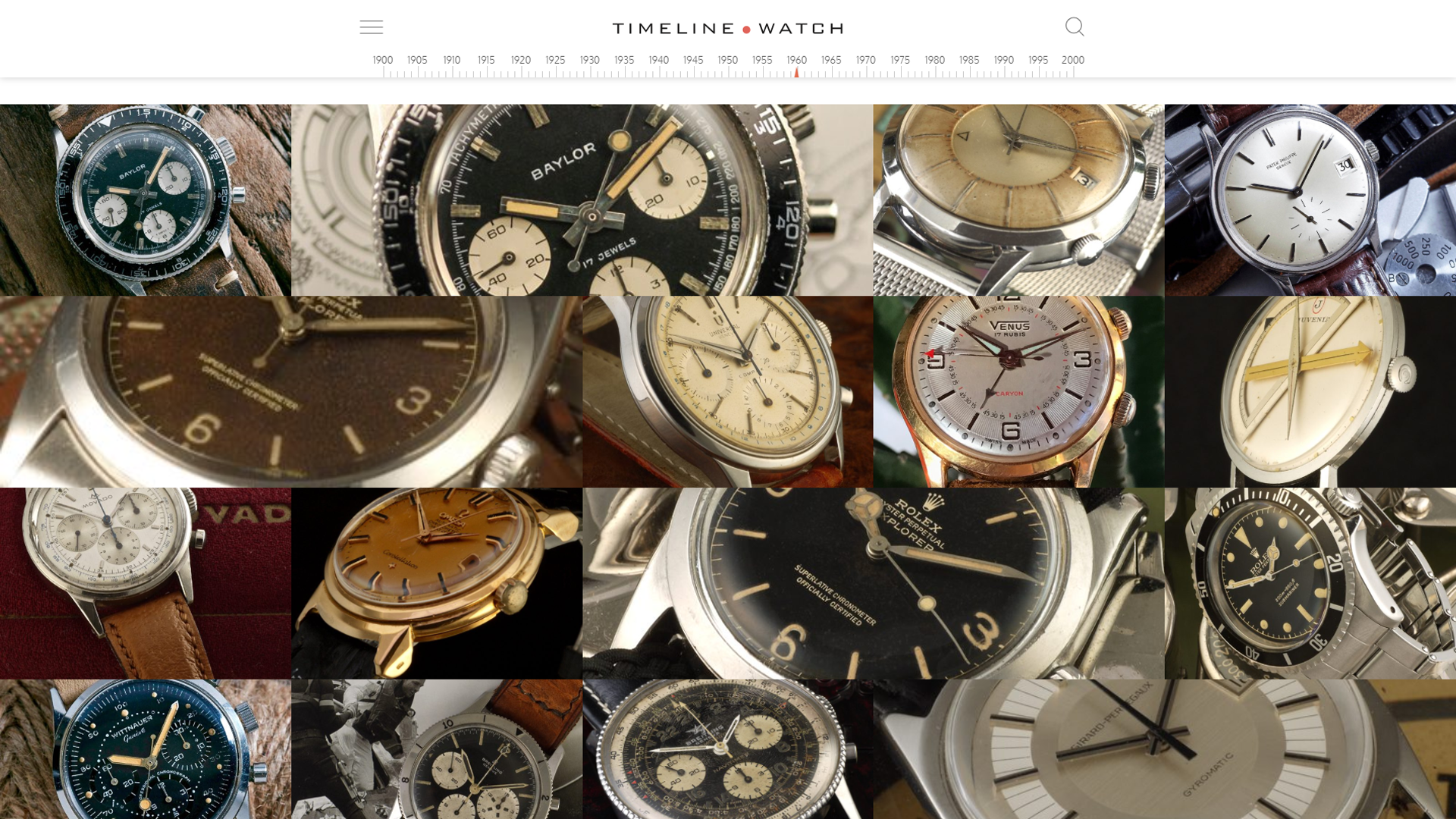
Since 2016, and using his vast collection as inspiration, Dan has created affordable timepieces that hearken back to a variety of golden eras in watchmaking. Whether it’s the art-deco dress chronographs of the 1930s, pilot watches of the early 60s, or divers of the 70s, Dan applies his knowledge and experience of vintage timepieces with great understanding and great restraint, creating elegant watches tied to a specific era without them looking contrived or over-engineered.
The 1962 is Dan Henry’s attempt to capture the spirit of motor racing in the early 60s. This is the era of big engines strapped to primitive, streamlined machines, before much of the knowledge of modern aerodynamics had been applied to racecars. Key metrics were recorded manually, meaning that chronograph watches were crucial in determining both speed and lap time. No top driver or key mechanic would be seen without one, especially after Jack Heuer employed F1 driver Jo Siffert to shift as many as he could to his fellow drivers.
In Dan’s own words, this watch is a “tribute to racing heroes”, echoing the chronographs of the day worn by “tough, no-nonsense racing drivers”, when “raw talent and sheer courage were the true measures of success”. The chronograph complication eventually made it to the moon with the Omega Speedmaster, and Dan wants you to connect with this golden era of exploration and ambition through this piece.
First Impressions
The presentation of the 1962 is certainly different to a more typical brand in this price range, such as Seiko or Citizen. Rather than a small box, you received a branded plastic capsule, of which a grey canvas watch roll is included. Within the roll is the warranty card, a second quick-release leather strap, and of course the watch itself. I find this to be a much more interesting presentation option – I can understand a well-made wooden box for a luxury timepiece, but for an affordable watch, this capsule is much better than the typical flimsy cardboard box.
First impressions are very positive – I had thought, when viewing online images, that the top-half of the dial looked a little sparse with just the logomark present, but in person, this isn’t an issue. The watch has a decent but comfortable weight to it, with the stainless steel tachymetre bezel contrasting wonderfully with the matte white dial. Turning the watch around, the embossed Maserati Tipo 60 Birdcage is a great touch, engraved to a high-standard with a polished finish that stands out against the sandblasted matte surrounds.


The watch comes with two quick-release French leather straps, one in a tan brown, and one in black. Both are far more supple and soft than what you would expect from a watch in this price range, with signed buckles to boot.

Bring A Loupe
The case is fashioned in 316L stainless steel, with contrasting brushed case-sides and polished twisted lugs providing some visual intrigue. The case finishing has been remarkably well-executed, with no obvious errors. We’re not talking zaratsu polishing or delicately hand-machined brushing here, but the quality is equal to, perhaps even a step above, what you would see in similarly priced pieces.

The signed crown features surprisingly sharp knurls, and is of sufficient size as to not be awkward to use. Likewise, the pushers are elegantly sized as to retain the classic styling of the piece.
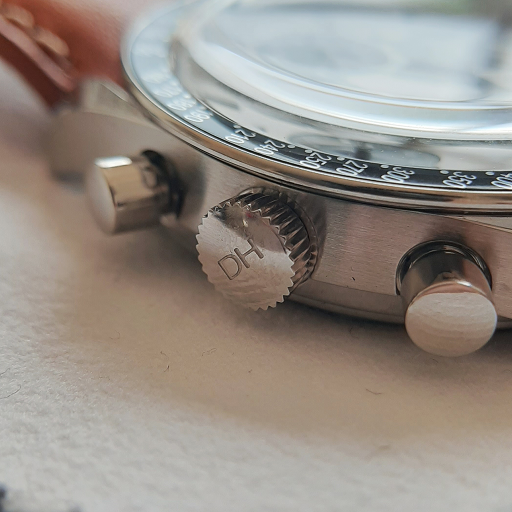
The white backdrop of the panda dial variant is a brilliant, clear matte, which offers prime legibility for the black sub-dials. The radial embossing on these sub-dials is a very subtle way to add texture to the dial, and it does so incredibly effectively.


Dan Henry describes these as dauphine hands, which are virtually identical to the Universal Geneve Compax it is inspired by. To me, dauphine hands are slim, elegant and dressy – practically the opposite of these bulky, tapered, square-ended examples. This isn’t a downside – these hands are about as legible as you can get, and work brilliantly with the sporty nature of the piece – it’s clear why Universal Geneve went with this style themselves in the 60s.

As for the lume, the lume is… there? The Dan Henry website lists it as LumiNova, but it may as well be the innards of an invisible ink pen, and not a very good one at that. What amount of it is there is applied like a modicum of butter on an extra-large slice of toast to the hands and the lume plots on the dial. The images above make the lume look better than it is – the brightness really doesn’t last for very long, and in situations with even a little bit of external light, you would struggle to read the dial after just 30mins.
Behind The Dial
The 1962 is powered by the Seiko VK63, a meca-quartz that is somewhat of a staple in Dan Henry’s watches. For those that aren’t familiar with the movement, it essentially features a quartz movement for regular time-telling, with a mechanical module for the chronograph.

The chronograph is interacted with using a typical two-button setup – the top button starts and stops the mechanical mechanism, whilst the bottom button resets it to the 12 o’clock position.
In my use of the chronograph thus far, there’s a noticeable jump of the minute and hour hands on reset, particularly when approaching the maximum 60min timing period, although they do reset precisely to the correct position. This struck me as something which had the potential to move the hands out of sync over time, but I have yet to experience such an issue.
As it’s a quartz piece, high accuracy is a given. Since receiving it a few weeks ago, my 1962 has been achieving a consistent >-1sec/day, which is well inside what I would accept with a quartz watch. Having to adjust the minute hand once per month on a sub-£250 timepiece is a small inconvenience in return for the accuracy provided.
On The Wrist
Whilst the 13.5mm thickness doesn’t bode well for wearing under a shirt cuff, the 39mm diameter means it is appropriately sized for the average individual – indeed, it looks just about right on my 6 3/8″ wrists.

I’ve been wearing my 1962 every day since it came into my possession – in the office, casually at the weekends and everything in-between. Whilst it wouldn’t be your typical choice for office-wear, I find that it works well in my smart-casual workplace. In the recent warmer weather, it’s worked brilliantly paired with white chinos and a master-rolled dress shirt, however it also worked particularly well on the black leather strap when paired with a black turtleneck on a colder, wetter day.

Chronographs are perfect for more casual ensembles, and this is where the 1962 really shines. Paired simply with a white tee and shorts or chinos, it’s the perfect detailed accent to really elevate a simple combination.
Verdict
The Dan Henry 1962 Racing Chronograph is a true dark horse. I cannot speak for the Evil Panda and blue-dial variants, but the panda dial is a high-quality, versatile timepiece which, whether you’re a seasoned collector, casual hobbyist or know nothing about watches, you can truly appreciate with no qualms, and purchase safe in the knowledge that it will look great on your wrist. It’s a classic example of a niche brand introducing a watch that can compete toe-to-toe with the established players in its price bracket.
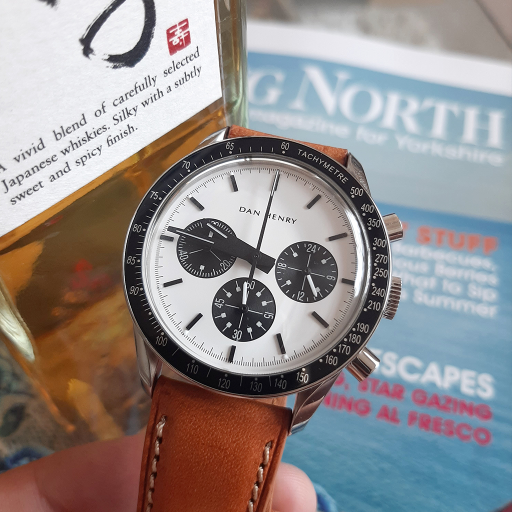
Would I recommend the 1962? If you’re looking for a solid, brand-new, box & papers complication timepiece for less than £250, it’d be difficult to pass it up. You’re getting a beautifully designed, considered timepiece with vintage inspiration and a complication to boot, and with there being little in the way of quality competition for a brand-new watch in the sub-£250 price bracket, unless you’re a stickler for a fully mechanical movement, there’s little reason not to at least consider the Dan Henry 1962 for your next timepiece.
Published August 14, 2020.
